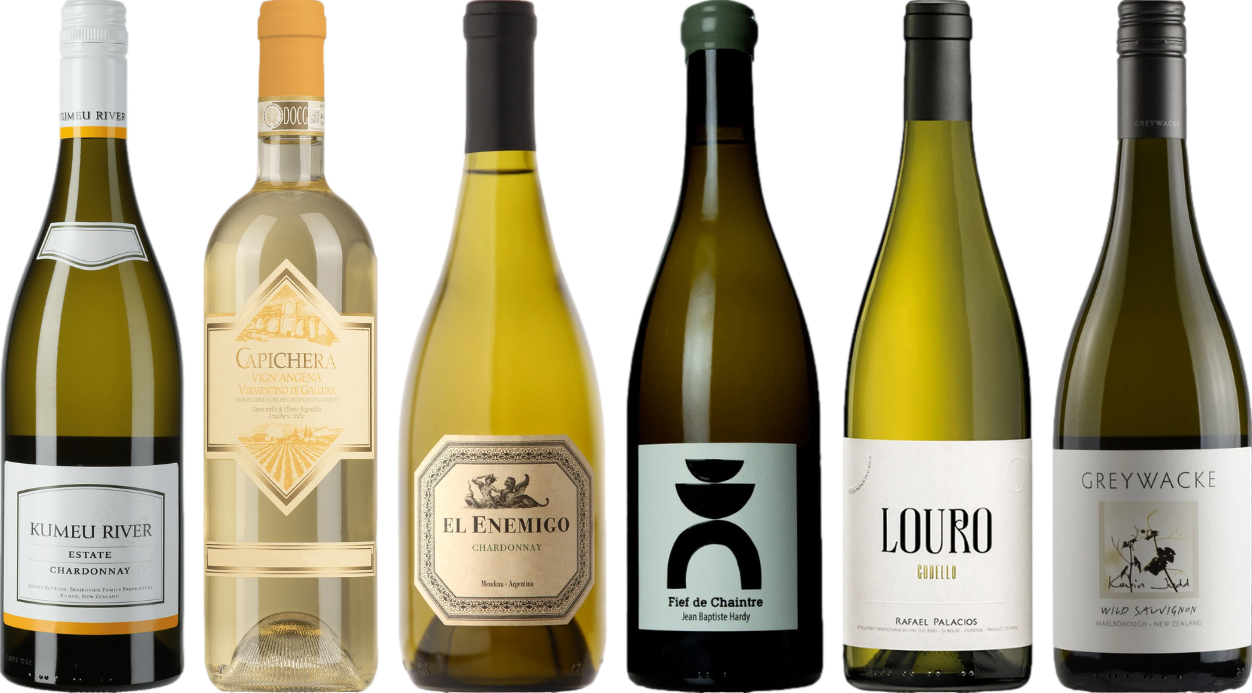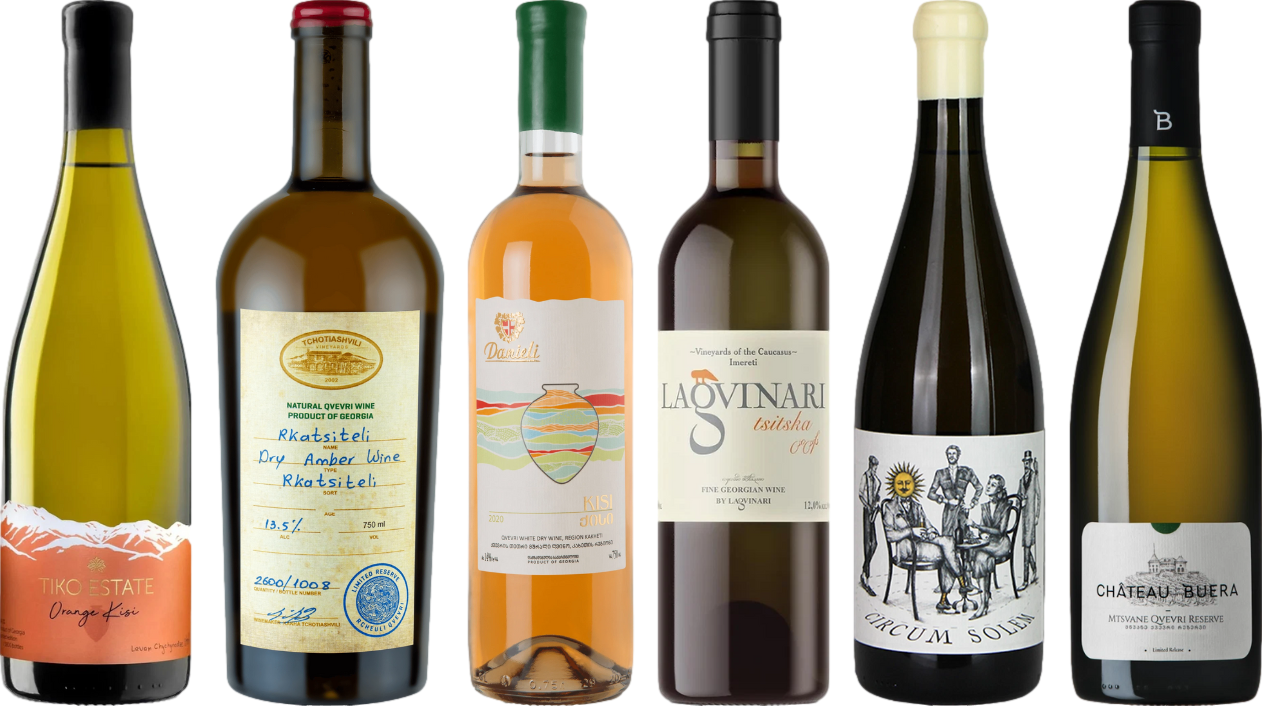



Light-colored varieties can indeed contain tannic compounds, though their levels are typically lower compared to darker counterparts. These astringent substances, derived from grape skins, seeds, and stems, contribute to the overall mouthfeel and structure of the beverage. For enthusiasts seeking a smoother experience, exploring options with minimal tannin content is advisable.
When selecting a bottle, consider varietals such as Pinot Grigio or Sauvignon Blanc, as they often carry subtle tannins that enhance their complexity without overwhelming the palate. The winemaking process, including fermentation techniques and aging methods, also influences the presence of these compounds. For example, some producers may choose to ferment with skin contact, which can impart a slight tannic quality.
Pairing light-colored selections with dishes can be an enjoyable experience. Foods rich in fat, like creamy sauces or oily fish, can complement the soft tannins, enhancing both the dish and the drink. Experimenting with various combinations will reveal how these compounds interact with flavors, allowing for a richer gastronomic experience.
Understanding Tannin Presence in Light-Colored Ferments
It’s a common misconception that lighter-hued beverages are devoid of astringent compounds. While traditionally associated with darker varietals, certain pale libations can indeed exhibit varying levels of these complex polyphenols. The key lies in the vinification process and grape selection.
For instance, grapes like Chardonnay, Sauvignon Blanc, and Viognier can carry noticeable astringency, particularly if skin contact is involved during fermentation. This technique, often employed by innovative producers, can extract a hint of tannic structure that adds depth and texture to the final product.
Factors Influencing Astringency
Climate and terroir play significant roles in the tannin profile of these beverages. Grapes grown in warmer climates tend to develop thicker skins, which can contribute more tannins. Additionally, aging processes in oak barrels may impart further astringent qualities, enhancing complexity and mouthfeel.
When exploring lighter options, it’s advisable to taste with intention. Look for labels that specify skin contact or barrel aging, as these characteristics often lead to a more tannic experience. Pairing such selections with protein-rich dishes can also accentuate their astringent qualities, creating a harmonious balance on the palate.
Understanding Tannins in Wine
For those exploring the intricate world of fermented beverages, recognizing the role of polyphenols is crucial. These compounds contribute to the mouthfeel and structure of a drink, influencing both flavor and texture.
Typically, red varieties are rich in these elements due to the skin and seeds remaining in contact with the juice during fermentation. In contrast, lighter options often undergo minimal skin contact, resulting in a different profile.
Here are key points to understand about these compounds:
- Source: They primarily come from grape skins, seeds, and stems.
- Function: These compounds provide astringency and can enhance aging potential.
- Perception: A well-balanced drink will have a smooth integration of these elements, avoiding harshness.
When pairing food with these beverages, consider how the structure of the drink can complement or contrast with a dish. For instance, a robust dish may benefit from a beverage with pronounced structure.
For maintenance of glassware, investing in the best scrubber for stainless steel pans ensures a clean presentation, allowing the full appreciation of the beverage’s character.
In summary, understanding polyphenols and their impact enriches the tasting experience. Each sip reveals complexities that can elevate your enjoyment and appreciation of these crafted beverages.
Differences Between Red and White Wine Tannins
While both varieties contain polyphenolic compounds that contribute to structure and mouthfeel, the presence and perception of these elements differ significantly. The primary distinction lies in the extraction process. In red varieties, skins, seeds, and stems remain in contact with the juice during fermentation, leading to higher levels of these compounds. In contrast, the lighter counterparts typically undergo fermentation without skin contact, which results in lower concentration.
Characteristics of Tannins in Red Varietals
The tannins in darker selections tend to be more pronounced, often creating a drying sensation on the palate. They play a crucial role in aging, allowing these beverages to develop complex flavors over time. The mouthfeel can range from soft and velvety to robust and gripping, depending on the grape variety and growing conditions.
Characteristics of Tannins in Lighter Varietals
On the other hand, the polyphenolic content in lighter options is generally softer and less astringent. These selections often exhibit a refreshing quality, with acidity taking precedence over structure. The tannins present here may enhance the overall balance, providing subtle support without overwhelming the sensory experience.
When choosing a pairing, consider how these differences impact flavor compatibility. Dishes with rich sauces and red meats benefit from the bold structure of darker selections, while lighter foods, such as seafood or salads, harmonize better with their more delicate counterparts.
Sources of Tannins in White Wine
In the realm of lighter varietals, tannins primarily originate from grape skins, seeds, and stems. While these sources are often less pronounced than in darker varieties, they still contribute to the overall structure and mouthfeel.
Grape skins are the main contributors, even in lighter styles. The extent of extraction depends on the winemaking techniques employed. For example, methods such as extended skin contact during fermentation can enhance tannin levels, providing a more complex texture.
Seeds are another source. They contain compounds that can impart astringency and depth. However, excessive extraction from seeds can lead to bitterness, so careful management is crucial during pressing and fermentation.
Stems, although used less frequently in white styles compared to reds, can also add a subtle tannic quality. This is particularly true in traditional methods, where some producers opt for whole-cluster pressing to achieve a certain profile.
| Source | Characteristics |
|---|---|
| Grape Skins | Primary source; contributes to mouthfeel and complexity |
| Seeds | Adds depth; must be managed to avoid bitterness |
| Stems | Subtle contributions; used in specific traditional methods |
Understanding these sources helps to appreciate the nuances in lighter varietals. Each element plays a role in creating a balanced and enjoyable tasting experience, making the exploration of these finer details rewarding for any enthusiast.
How Tannins Affect the Flavor Profile of White Wine
Tannins impart a distinctive structure and complexity to the palate. When present, they create a sensation of astringency, which can enhance the overall tasting experience. A higher level of these compounds can lead to a more pronounced mouthfeel, contributing to a lingering finish that may accentuate fruit flavors.
For those exploring flavors, note that the presence of tannins can influence the perception of acidity. A balanced interaction between these elements can elevate the freshness of the beverage. For example, a wine characterized by its crispness can become even more vibrant when tannins are subtly integrated.
Consider the impact on food pairings. Tannins can soften the richness of fatty dishes, allowing for a harmonious balance. When tasting a beverage with noticeable astringency, try pairing it with creamy cheeses or seafood, as the combination can enhance both the food and the drink.
Some varieties, like those crafted from grapes with thicker skins or those aged in oak, may exhibit more pronounced tannic qualities. This can lend a creamy texture and additional layers of flavor, such as vanilla or spice, enriching the overall tasting profile.
Understanding the role of these compounds is vital for anyone looking to deepen their appreciation for various styles. Experimenting with different options can reveal how these elements play a significant role in shaping the character of the drink. Don’t hesitate to explore and find what resonates with your palate.
Popular White Wine Varieties and Their Tannin Levels
For those curious about specific grape types, here’s a breakdown of popular varieties and their respective tannin content:
- Chardonnay: Typically low in astringent compounds, this variety showcases a smooth texture, especially in cooler climates. Oak aging can introduce subtle tannins, enhancing complexity.
- Sauvignon Blanc: Generally exhibits minimal tannins, allowing its crisp acidity and fruity flavors to shine. Some expressions, particularly those from regions with skin contact, might offer a slight texture.
- Riesling: Known for its high acidity and aromatic profile, this grape tends to have negligible tannins. Sweet styles may feel rounder on the palate, but still lack astringency.
- Pinot Grigio: Usually low in polyphenolic compounds, this variety is light and refreshing, making it a favorite for easy-drinking. Some versions from regions like Alsace may show more structure.
- Gewürztraminer: This aromatic grape often presents low tannin levels, focusing instead on floral and spice notes. Its rich mouthfeel can sometimes mimic the sensation of tannins.
When selecting a type for pairing or enjoyment, consider these profiles to tailor your experience. Understanding the nuances within these varieties aids in making informed choices that enhance both food pairings and tasting experiences.
Identifying Tannin Presence in White Wine
To assess the presence of astringent compounds in lighter varietals, focus on the mouthfeel. A drying sensation on the palate typically indicates their presence. Additionally, note any bitterness or a slight green quality in the flavor profile, often attributed to these compounds.
Visual Clues
Examine the color intensity; while most pale styles exhibit lighter hues, certain full-bodied options may show deeper shades, hinting at a higher concentration of astringent elements. Look for sediment, which can also suggest a richer tannin structure.
Varietal Characteristics
Different grapes exhibit varying levels of these compounds. For instance, varieties like Viognier and Chardonnay can possess some astringency, particularly when skins are included during fermentation. Taste through several options to compare mouthfeel and flavor impact, enhancing your understanding of how these compounds interact with different styles.
Finally, consider aging. Aged selections often reveal a more integrated structure, where any astringent notes blend harmoniously with other flavor components. This exploration will deepen your appreciation of how these elements shape the overall experience.
Pairing White Wine with Food Considering Tannin Content
For optimal pairing, focus on the tannin levels present in the selected varietals. Low-tannin options like Sauvignon Blanc or Pinot Grigio complement lighter dishes, while those with moderate tannin content, such as Chardonnay or Viognier, can enhance richer flavors.
Seafood, particularly shellfish, pairs beautifully with low-tannin varietals. Consider a crisp Sauvignon Blanc with oysters or a refreshing Pinot Grigio alongside grilled fish. The acidity in these selections brightens the dish without overshadowing it.
For creamy sauces or dishes featuring butter, a Chardonnay with a touch of oak can elevate the experience, harmonizing with the richness of the food. The moderate tannin content provides structure, enhancing the mouthfeel without overwhelming the palate.
When serving roasted poultry or pork, opt for a Viognier. Its moderate tannins and floral notes complement the savory elements, creating a balanced pairing. Additionally, a dry Riesling can work well with spicy dishes, as its acidity and lower tannin levels help to offset heat while enhancing the flavors.
Here’s a quick reference table for pairing suggestions based on tannin content:
| Wine Type | Tannin Level | Food Pairing |
|---|---|---|
| Sauvignon Blanc | Low | Oysters, Light Fish |
| Pinot Grigio | Low | Grilled Vegetables, Salad |
| Chardonnay | Moderate | Creamy Pasta, Roasted Chicken |
| Viognier | Moderate | Spicy Asian Dishes, Roasted Pork |
| Riesling | Low | Spicy Thai, Sweet and Sour Dishes |
By understanding the interplay of tannins and food, you can create memorable dining experiences that accentuate both the flavors of the dish and the characteristics of the chosen pour. Experiment and enjoy the journey of discovery in food and wine pairing!








